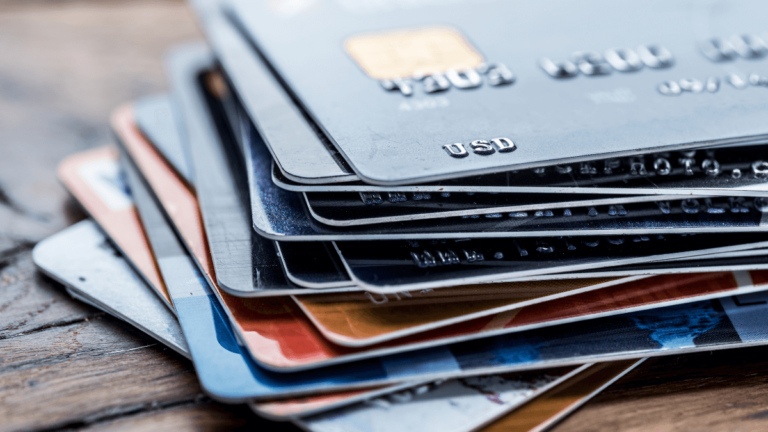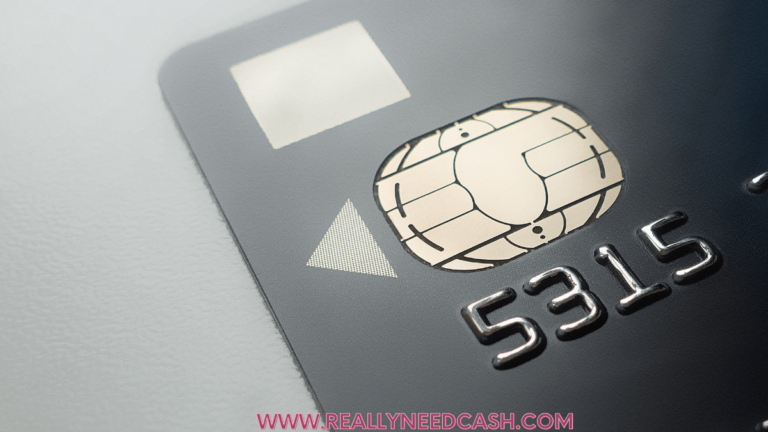Netspend is the largest prepaid card provider in the US. As with traditional bank cards, Netspend cards are eligible for the second stimulus payment.
The second stimulus check should have been deposited to all those eligible between December of 2020 and January of 2021. The most recent check was the third stimulus check, which was deposited to eligible Americans in March of 2021.
The time it took for a stimulus check to be deposited was less dependent on your type of bank account, and more on other factors.
But how much money was in each of the stimulus checks, and who was eligible? Did Netspend deposit say checks any faster or slower than traditional banks?
The following is a guide to each stimulus check deposited by the American financial service Netspend.
Read: Will I Get My Stimulus Check On My NetSpend Card?

The Stimulus Checks Deposited By Netspend
Each stimulus check would have been deposited to your Netspend card within each given time scale if that was the card you used to get the most recent tax refund or to make a tax payment. The vast majority of the checks were sent via electronic direct deposits from the IRS.
In some cases, the IRS sent the third stimulus payment on a prepaid card. If you’d previously received your stimulus payments on a prepaid card from the IRS, they would have sent you a new one with the third payment (unless they chose to send the money in another way).
These EIP (Electronic Impact Payment) cards tended to take a little longer to be sent than electronic deposits and physical checks- in the first round of stimulus checks, which were, for the most part, sent out in April of 2020, some EIP cards weren’t received until early June.
When will Netspend Deposit Second Stimulus Check?
The first stimulus check aimed at helping Americans through the COVID-19 pandemic was deposited to all those eligible in April of 2020. This was followed by the second stimulus check, which was sent out between December 2020 and January of 2021. The third round of stimulus checks, and at the time of writing the most recent, was sent out in March of 2021.
The timeline of the third stimulus was similar to that of the first two payments, in that as soon as the bill was signed into law, it only took a matter of days for the IRS to start delivering the checks.
Eligibility of Stimulus Check
The amount you received was based on your most recent tax return. If you’re an American citizen that was making $75,000 a year or less before March of 2021, you were to receive a third stimulus check of $1,400.
If you earned between $75,001 and $79,999, $5 was subtracted for every $100 that you earned over $75,000. If you earned more than $80,000, you were not eligible for the third stimulus check.
Married couples whose combined total annual income was up to $150,000 received a check of $2,800. If their adjusted gross income was between $150,001 and $159,999, $5 would have been subtracted for every $100 over $150,000 that you earned. Married couples whose combined income was more than $160,000 were not eligible for the third stimulus check.
Taxpayers would also have received an extra $1,400 for each of the dependents claimed on their most recent tax return. This was unique to the third stimulus check; in the first and second rounds, all dependents of those individuals eligible did not qualify for payments.
With the third stimulus check, dependents were entitled to their payment even if they were over 16 years old (which was the cutoff for the first two rounds of stimulus). College students who were 23 years old or younger and elderly parents who were living with the eligible individual also qualified.
None of the three stimulus payments were included in an individual’s taxable income.
How Much Was Each Stimulus Check And When Were They Sent Out?
A total of $1.9 trillion went into the most recent coronavirus relief package. Under the CARES Act (the Coronavirus Aid, Relief, and Economic Security Act, eligible Americans received a payment of up to $1,200 in the first wave of stimulus.
Eligible dependents (those under 16 years old) received $500, and the most dependents that could be claimed for was three. Just like with the third stimulus check, you were only eligible for this payment if your adjusted gross income was under $75,000, or a combined total of $150,000 for married couples.
The first payments were received on the weekend of the 11th and 12th of April 2020.
The second package totaled $900 billion and was part of the Coronavirus Response and Relief Supplemental Appropriations Act. Signed off by then-President Trump on the 27th of December 2020, this check was $600, and like with the first payment, dependents under 16 were also eligible. Those who earned less than $75,000 in 2019 were entitled to the full check. The payments were sent out between the 29th of December 2020 and the 15th of January 2021.
Just a week after the second stimulus checks had been sent out, the newly elected President Biden unveiled the $1.9 trillion American Rescue Plan.
This plan would have a third round of checks sent to eligible Americans and was also aimed at those who missed out on the first two waves. The third stimulus check was $1,400 for individuals, and couples who filed their taxes jointly received up to $2,800. Over 171 million checks were sent out.
What If I Am Yet To Receive My Stimulus Checks?
You should have received your third stimulus check back in March, but if for whatever reason it never arrived, you might need to file your tax return in order to claim for the Recovery Rebate Credit.
More guidance on this process can be found on the IRS official website.
Will There Be A Fourth Stimulus Check?
At the time of writing, there are no concrete plans for a fourth stimulus check, as the national economy gradually recovers from the pandemic.
Summary
You should have received your first, second, and third stimulus checks by March of 2021 (although it might have arrived a little later if on an Economic Impact Payment card. The checks should have been deposited to Netspend accounts at the same time scale that traditional bank accounts received them.
If you haven’t received your most recent stimulus check, you should head to the IRS website for guidance, and to see if you were actually eligible.
As restrictions continue to be loosened and more businesses reopen, it is unclear whether there will be another stimulus check any time soon.






